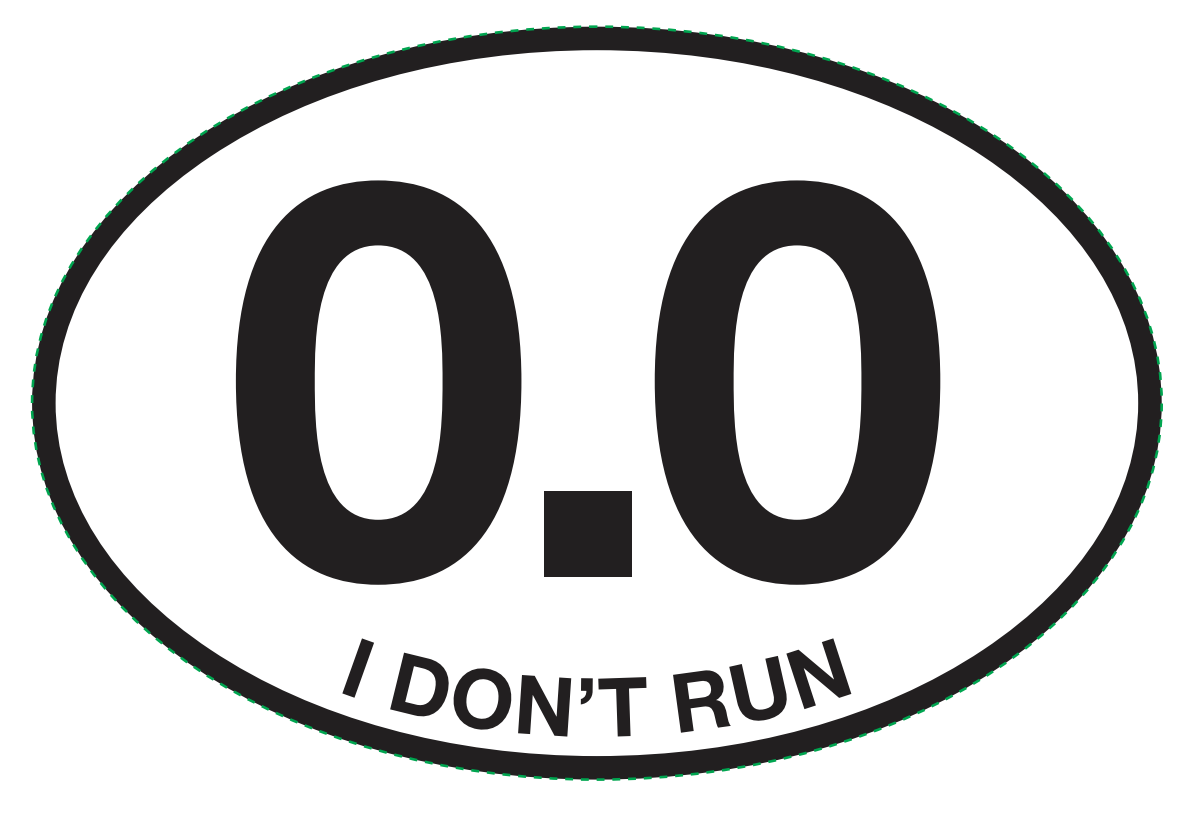

Still, the statement applies to the general relationship between strength and resistance training. He’s referring to two sessions on the same day. “Whatever you do first-strength or cardio-is really what you’re going to get the most benefit from, due to the fatigue coming from it,” Tumminello says. If your primary concern is building or maintaining muscle mass and strength, then running can’t be paramount. Run after resistance training for most mass… A less efficient runner, however, might tire sooner, thus entering a subsequent resistance session depleted. A well-adapted runner, he says, can run substantial distances without a detrimental effect to his or her weight training.

Despite this, the efficiency of the individual is key. Viada notes that the mainly eccentric component of running might interfere with strength training more than cycling. “Because running is a full-body cardiovascular exercise, usually the legs aren’t going to give out first.” Those things are going to give out before your heart does,” Larson says. “On the stair trainer, you feel your quads burning on the bike, your legs are burning. The mechanics of hypertrophy, Larson says, favor cardio that promotes the metabolic stimulation of lower body muscle tissue. Of the lot, running seems to be the least effective supplement to resistance gains. The research on concurrent training includes a variety of aerobic modalities, including running, walking, cycling, rowing, and others. “Because it increases general work capacity and helps you recover faster, you’ll be more mentally and physically capable an hour into a resistance workout with a general aerobic base.” “Concurrent training enhances the potential for gaining muscle mass,” Viada says.

In fact, resistance training can aid aerobic performance and vice versa. Concurrent TrainingĪ fitness regime that involves weekly bouts of resistance and aerobic exercise is called concurrent training. Looking to pack on some size? Aaptiv’s strength training workouts are just what you need.
#I DONT RUN ILIFT PROFESSIONAL#
Just ask former professional runner and American record holder Ryan Hall: After hanging up the trainers, the sub-2:05 marathoner packed on 40 pounds of muscle while running about 40 miles per week. “There’s plenty of proof with contest bodybuilders-whose sole interest is building muscle-that you can use aerobic training to burn fat and build fitness, while also building muscle,” Viada says. The myth that running makes you small is just that. The Relationship Between Running and Strength
#I DONT RUN ILIFT HOW TO#
The concept is called concurrent training, and Alex Viada, C.S.C.S David Larson, C.S.C.S*D and 2016 NCSA Personal Trainer of the Year Nick Tumminello, CPT, are here to coach us on how to make our running and strength aspirations get along. With a bit of scheduling and workout tweaking, resistance and aerobic training can exist simultaneously and harmoniously. If a post-lift pump makes you feel like Superman, a nice long run has to be kryptonite, right? Not so fast.


 0 kommentar(er)
0 kommentar(er)
